Wondering where to see the northern lights in Ontario? Here's your guide to finding the perfect spot for aurora hunting & photography!

Every 10 or 11 years or so, the sun gets more active, and the auroral activity increases - meaning it’s *prime time* for a spectacular Northern Lights display.
Not only are they happening more frequently, they’re more powerful - which means you don’t have to be anywhere near the arctic regions to have a good chance of seeing the Aurora Borealis.
As I’m writing this, I’m biding my time during an intense major geomagnetic storm watch and WILD aurora forecast. If things pan out, people in Southern Ontario - and even WAY further south - will have some of the best chances they’ve seen in YEARS!
(Update: This article was started the afternoon of October 10, 2024 - and yes, there was an amazing show that night!)
If it’s your first time looking to catch a glimpse of the Northern Lights, you may be asking...
“Where can I see the Northern Lights near Toronto?”
“Is there anywhere I can see the Northern Lights near Hamilton?”... etc.
If you’re not under cloudy skies, are far away from city lights, and looking north - those are the basics.
Especially when talking about a really powerful storm, that’s really all you need to do.
Maybe you want a little more help finding the perfect spot for you, though - so I’ll be addressing some options later on in this post, as well as going over how to find your own spots.
But first... a bit of extra information that may help you know WHEN to start aurora hunting!
Anyway, lots to talk about when it comes to this natural wonder, so let’s get to it!
A Note On Photography
Every photo on this post - and throughout the series - are photos we took on our various camping and aurora hunting trips.
Most were taken on a Samsung Galaxy s24, some were taken with a Canon R7.
All rights reserved - images may not be reproduced, copied, downloaded or transmitted in any form or manipulated without the written permission of Marie & Michael Porter, 2 Nerds in a Truck.
Aurora Hunting: How to See the Northern Lights
Can I see Northern Lights Tonight? Understanding the Aurora Forecast
How to Photograph the Northern Lights - Tips for Camera & Phone Photography

Will There Be An Aurora?
If you’re reading this post, there’s a good chance it’s because a recent solar flare or coronal mass ejection happened, and the current conditions for geomagnetic activity - kp index, solar wind data, and other readings - have been favourable to produce some aurora activity.
It usually doesn’t take much for the news to push out breathless pieces about how everyone, everywhere, will be able to see them, but for your BEST viewing chances... you need to take anything they say with a big grain of salt.
Whether or not there will be an aurora on any given night depends on a series of events lining up well, and THEN conditions being favourable to produce them.
So, here’s some key information the Northern Lights, which will help you figure out when to expect them!
What Causes the Northern Lights?
It starts with a solar storm happening on the sun. Solar storms happen pretty constantly, and one of the things that can result are solar flares.
When those solar flares produce a Coronal Mass Ejection - or “CME” as aurora hunters tend to call them - are masses of energy basically ejected outward from the sun.
When those CMEs are actually facing earth, that’s when we start paying close attention to solar activity, and what’s happening in Earth's magnetic field.
As the CME energy crashes into the upper atmosphere, that energy gets redirected towards the poles, charging up different molecules on the way.
As they energize particles towards the poles - both the north pole and the south pole - this can produce the Northern Lights / Aurora Borealis in the northern hemisphere, and the Southern Lights / Aurora Australis in the southern hemisphere.
Concentrations of the different types of particles - mostly Oxygen and Nitrogen - in the Earth’s atmosphere vary with altitude, which is why the northern lights can present in different colours.
Much like with glow sticks and neon lights - the types and concentrations of elements involved determine the colours they emit.

How Can I know if a CME Happened / What’s Happening with Solar Activity
The first thing to have in place if you’re looking to see the northern lights is to secure a good source of the latest information.
There are a few apps and websites we recommend for keeping track of solar activity:
Space Weather Live
The main app we use, this one has a TON of information about what’s about to happen, and what the current conditions are.
Google Play: https://play.google.com/store/apps/details?id=com.spaceweatherlive.app
Apple Store: https://apps.apple.com/ca/app/spaceweatherlive/id1435501021
My Aurora Forecast
This is our “backup” app now, it’s actually the one we started with.
It’s a popular app, but doesn’t have anywhere near as much information as SpaceWeatherLive. I do like having their alerts pushed to my phone, though.
Google Play: https://play.google.com/store/apps/details?id=com.jrustonapps.myauroraforecast
Apple Store: https://apps.apple.com/ca/app/my-aurora-forecast-alerts/id1073082439




















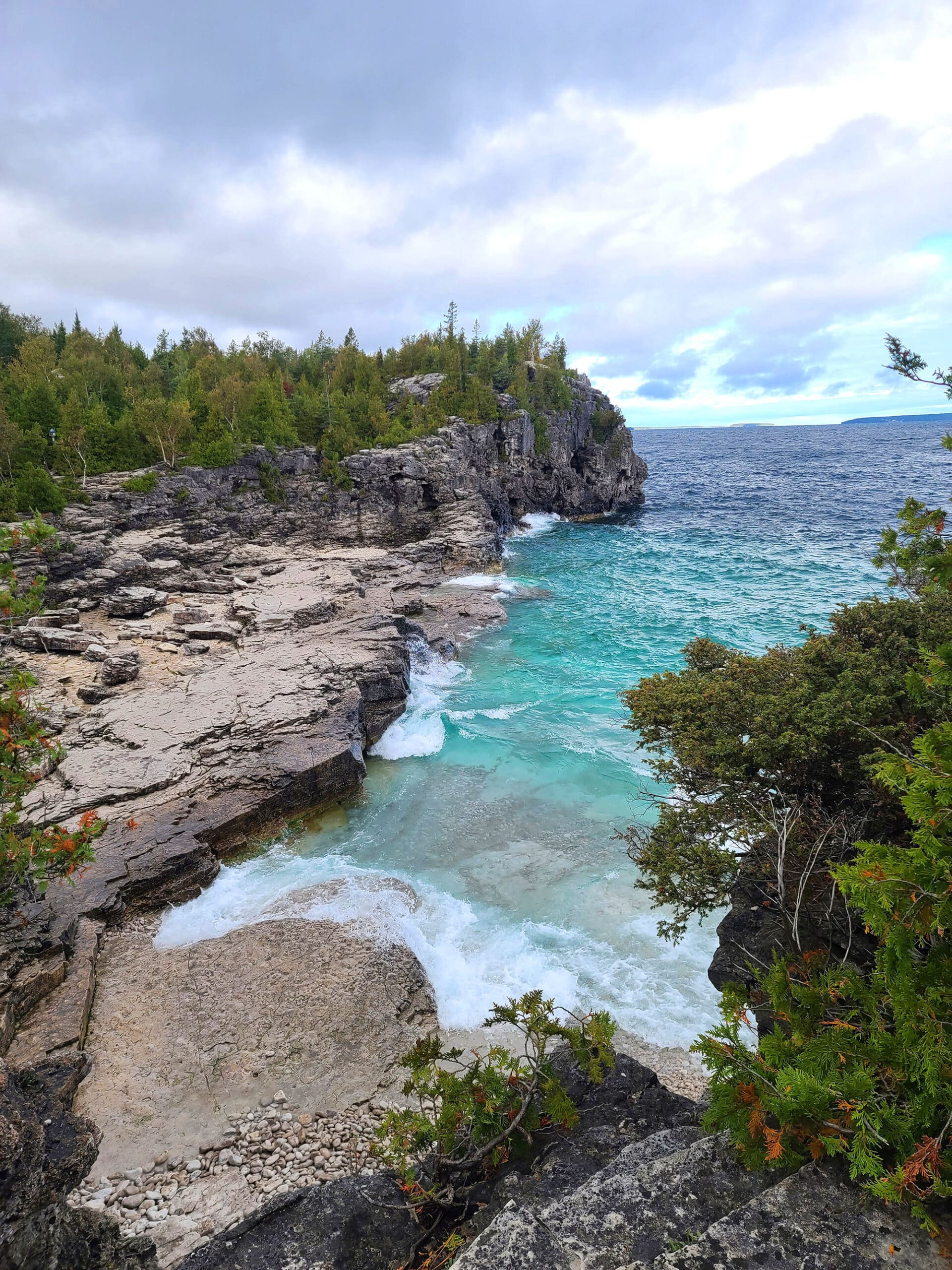
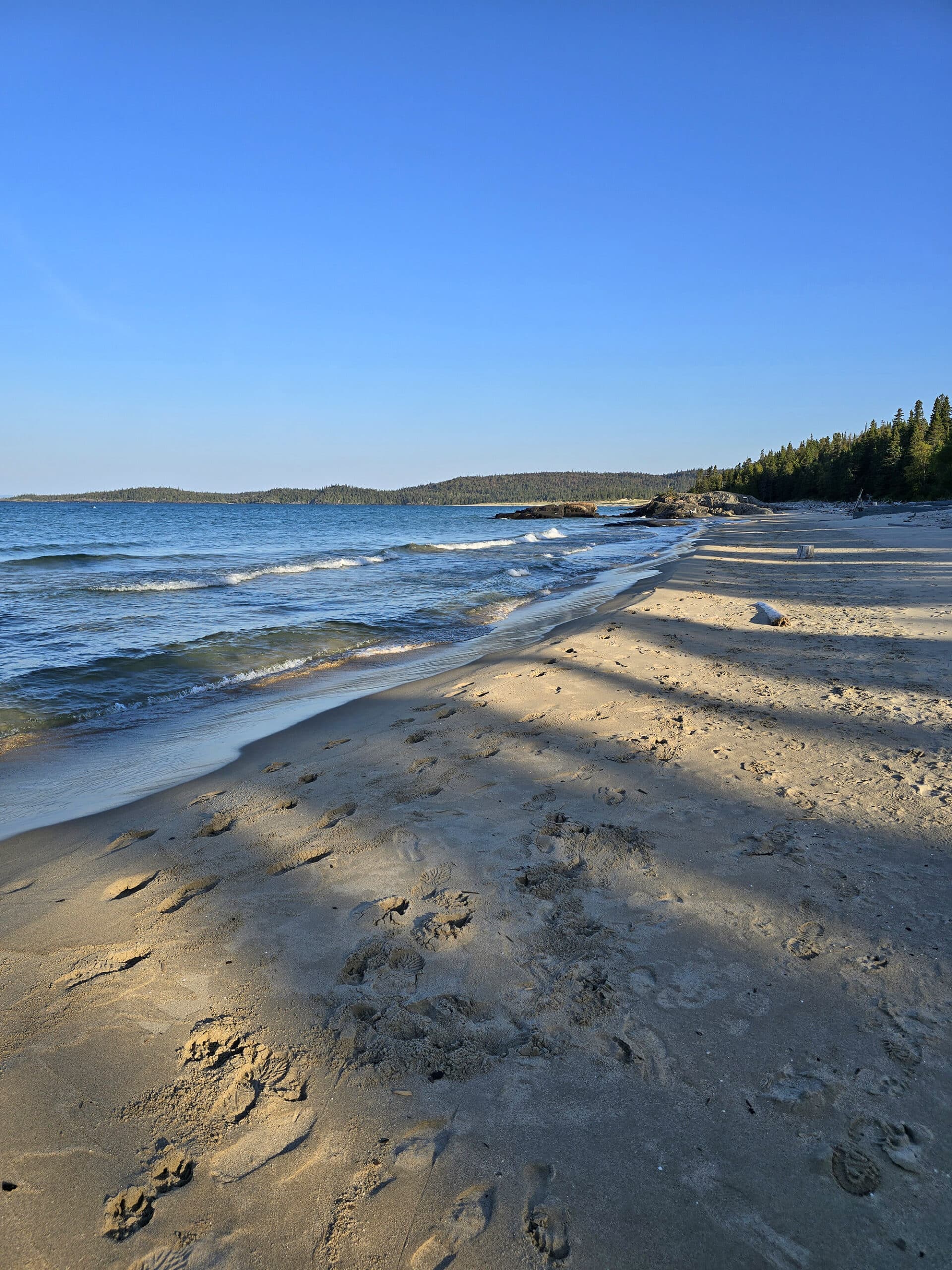






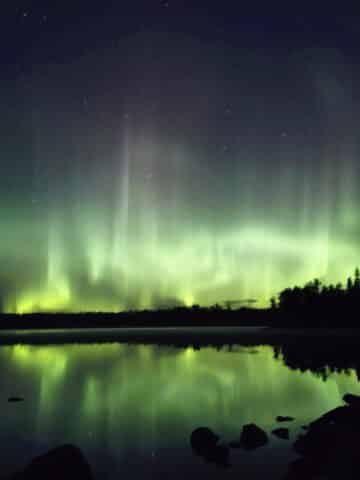
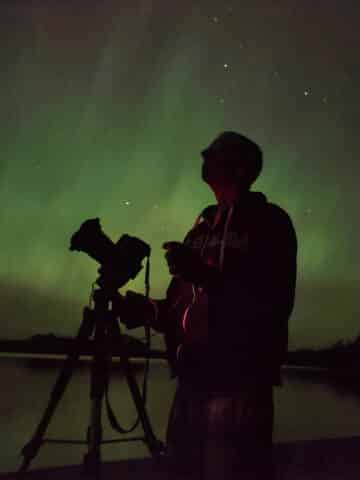
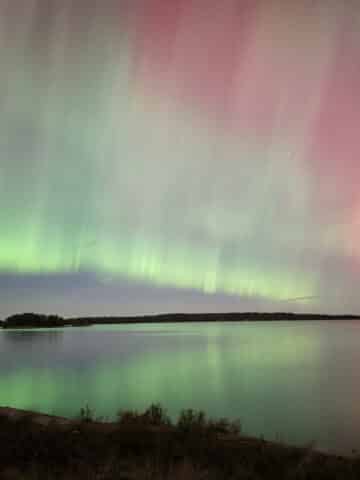
Leave a Reply